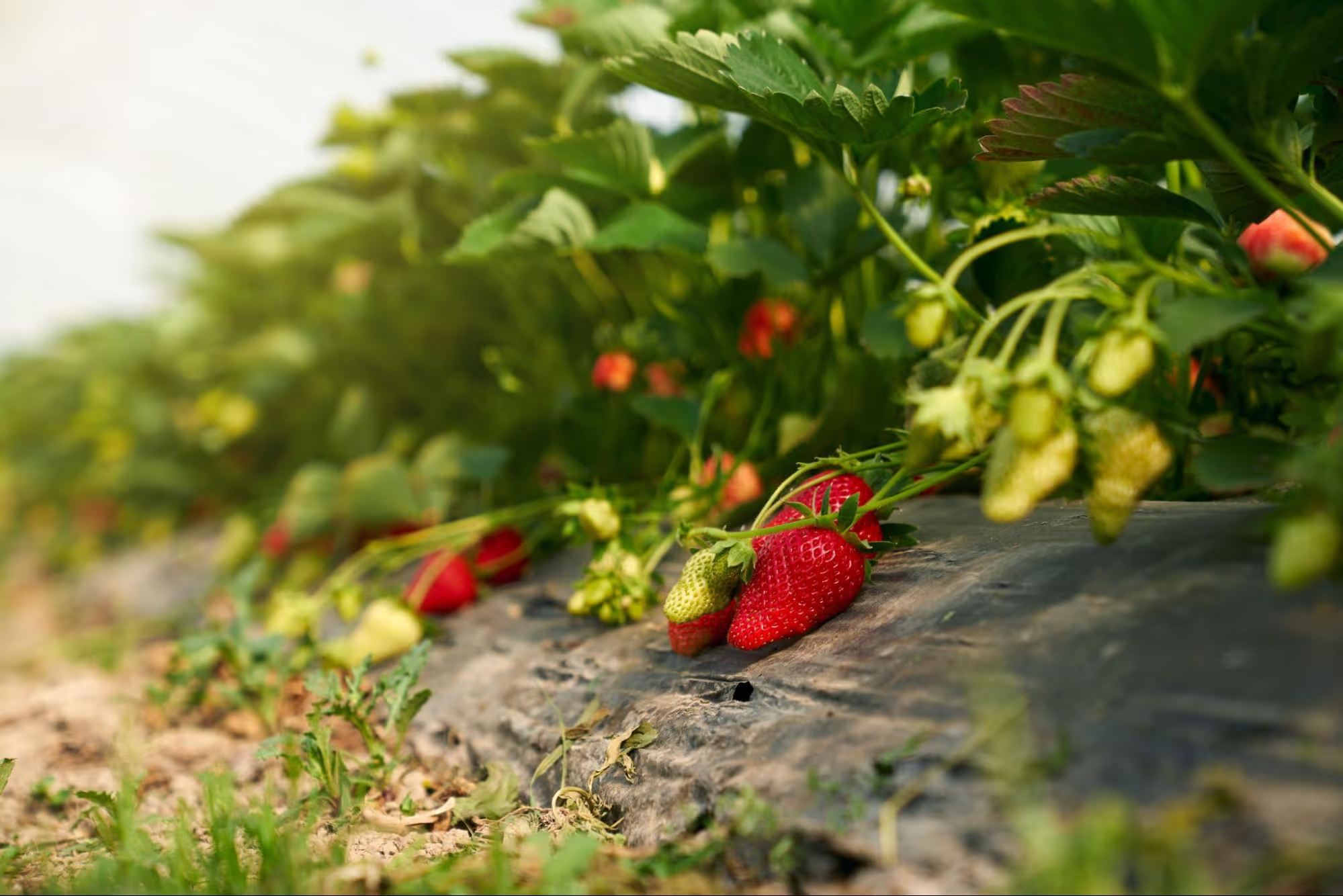
Strawberry is one of the most popular fruits worldwide, appreciated for its rich flavor, aroma, and nutritional value. To achieve high yields and fruit quality, it is essential to provide optimal growing conditions, and among these, lighting plays a crucial role, especially in protected and controlled environments like greenhouses or polytunnels. Without adequate lighting, plants cannot perform photosynthesis optimally, which directly impacts their development, flowering, and fruit ripening.
When it comes to choosing artificial lighting for strawberry cultivation, LED lights are the best option. Compared to other types of lighting, LED lamps offer the optimal balance between efficiency, light quality, and energy consumption. Their greatest advantage lies in the ability to precisely adjust the light spectrum, which is crucial for all stages of strawberry development.
For maximum effectiveness, attention must be given to the placement of light sources:
Strawberries need 12 to 16 hours of light daily for optimal growth. During the dormancy period, 8 to 10 hours are sufficient. In greenhouses and closed spaces, it is advisable to use timers that automatically turn the lights on and off, simulating the natural daily cycle.
Light intensity is measured in lux or PAR (Photosynthetically Active Radiation) units. For strawberries, the optimal PAR light value is between 200 and 400 µmol/m²/s, depending on the growth stage. Young plants require a lower light intensity, while a higher light level is recommended during flowering and fruit formation.
Modern technologies have enabled the development of automatic LED systems that can be connected to sensors measuring temperature, humidity, and light levels. These "smart" systems allow light conditions to be adjusted in real time, providing better control over the growing process and reducing energy costs. While these solutions are more expensive, their precision and efficiency make them a worthwhile investment for serious growers.
Proper lighting is crucial for the successful cultivation of strawberries, especially in enclosed spaces. LED lights, with their energy efficiency, long lifespan, and the ability to precisely adjust the light spectrum, represent the best option for maximizing yield and fruit quality. Using these lights, along with proper placement and control of the light regime, enables the achievement of optimal conditions for strawberry growth and development throughout the year. Smart lighting systems can further increase production efficiency, reducing long-term costs.